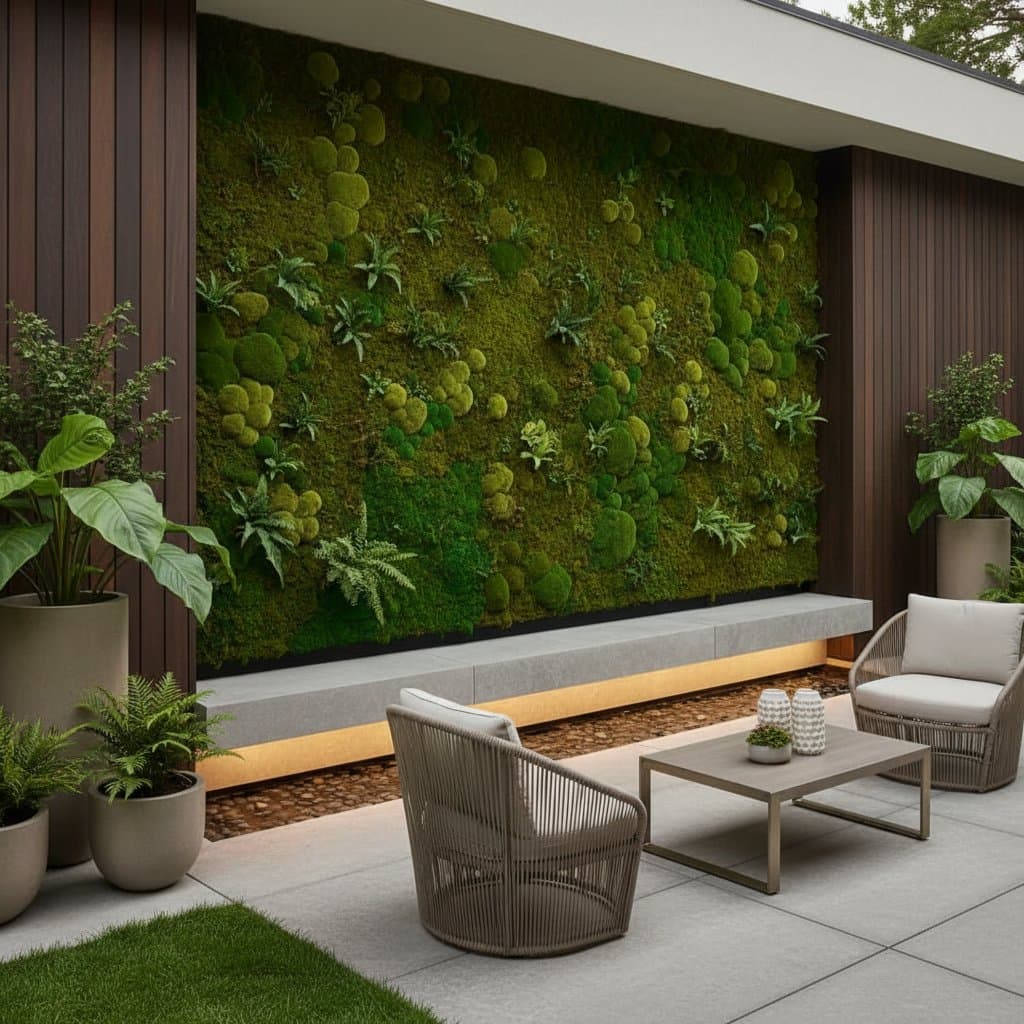Upgrade Walls: DIY Textures Surpass Boring Paint
The living room walls once caused frustration. They featured a soft beige intended to convey warmth and neutrality, yet under Staten Island's variable light, they appeared flat and dingy. Attempts to improve the space through art swaps, curtain changes, and furniture rearrangements proved ineffective. The issue lay with the walls themselves; they lacked vitality.
One weekend, after reviewing numerous HGTV segments and Pinterest inspirations, a decision formed to pursue texture. This approach avoided outdated sponge-painting techniques from the early 2000s and instead sought depth and character, evoking surfaces aged gracefully over decades. This led to exploration of limewash and plaster finishes, a DIY process that reshaped perceptions of paint.
Why Flat Paint Falls Short
First Experience with Limewash
The initial limewash application inspired apprehension, seeming like a task reserved for professionals. In reality, it ranks among the most accessible DIY finishes, akin to paint's more refined relative.
Limewash derives from crushed limestone combined with water and pigments. It cures to a velvety matte finish that varies with brush application. The initial layer appears unsatisfactory; during one session, the result prompted thoughts of total failure. However, upon drying, the streaks merged into a cloudy, organic pattern that exuded warmth and authenticity.
A wide masonry brush facilitated application in small sections with random X patterns. Precision proved counterproductive; deliberate efforts yielded unnatural results. The appeal of limewash resides in its inherent irregularities.
Exploring Venetian Plaster
Emboldened by limewash success, further experimentation sought heightened tactile elements. Venetian plaster emerged as the choice, a classic method yielding a smooth yet layered surface. This contrasts with the coarse plaster in aged basements, offering instead a sleek, refined quality.
Application demands patience. A stainless-steel trowel spreads the mixture in thin layers, with each allowed to set before the next. The process involves mess and extended effort; midway through a second coat, physical strain tested resolve. Buffing the final layer to a subtle sheen justified the investment, as the walls captured light in ways unattainable with standard paint.
Essential Tools and Techniques for DIY Texture
To infuse walls with renewed energy, these strategies eased the transition:
- Begin modestly. Test techniques in a bathroom or hallway prior to larger areas like the living room.
- Prepare surfaces meticulously. Textures highlight flaws, so patch holes and sand gently.
- Select appropriate implements. Employ a large natural-bristle brush for limewash; use a trowel and joint knife for plaster.
- Proceed section by section. Textures set rapidly, necessitating focus on one wall at a time.
- Accept variations. Subtle unevenness contributes to the overall allure.
Lighting profoundly influences outcomes. Textured surfaces shift appearance throughout the day, infusing spaces with dynamism. Observations often halt routines to admire how sunlight interacts with a plastered edge near a window, transforming the room into an interactive artwork.
Experiencing Textured Walls Daily
With cleanup complete and tools stored, an unanticipated insight arose. Textured walls altered not only the home's appearance but its ambiance. The living room now radiates gentle warmth, rendering even overcast Staten Island days comfortable. Guests frequently inquire about professional involvement, prompting satisfaction in revealing the self-executed effort.
Textured walls suit not every preference. Touch-ups require care, and reversion to paint involves additional sanding. For this household, such considerations pale against the benefits. The walls possess character, integrating as narrative elements rather than mere backgrounds.
Implement Texture to Revitalize Your Interiors
If walls contribute to an incomplete feel in your space, texture may provide the essential enhancement. No need to emulate an entire European villa.
Early coverage of home improvement topics emphasized furniture and color schemes for style. Years of examining cleaning methods to staging practices reveal that walls establish the foundational mood.
Acquire a brush, don protective attire, and commence. Minor mishaps like ceiling streaks or dust residue may occur, yet the result yields walls rich with personal narrative.




